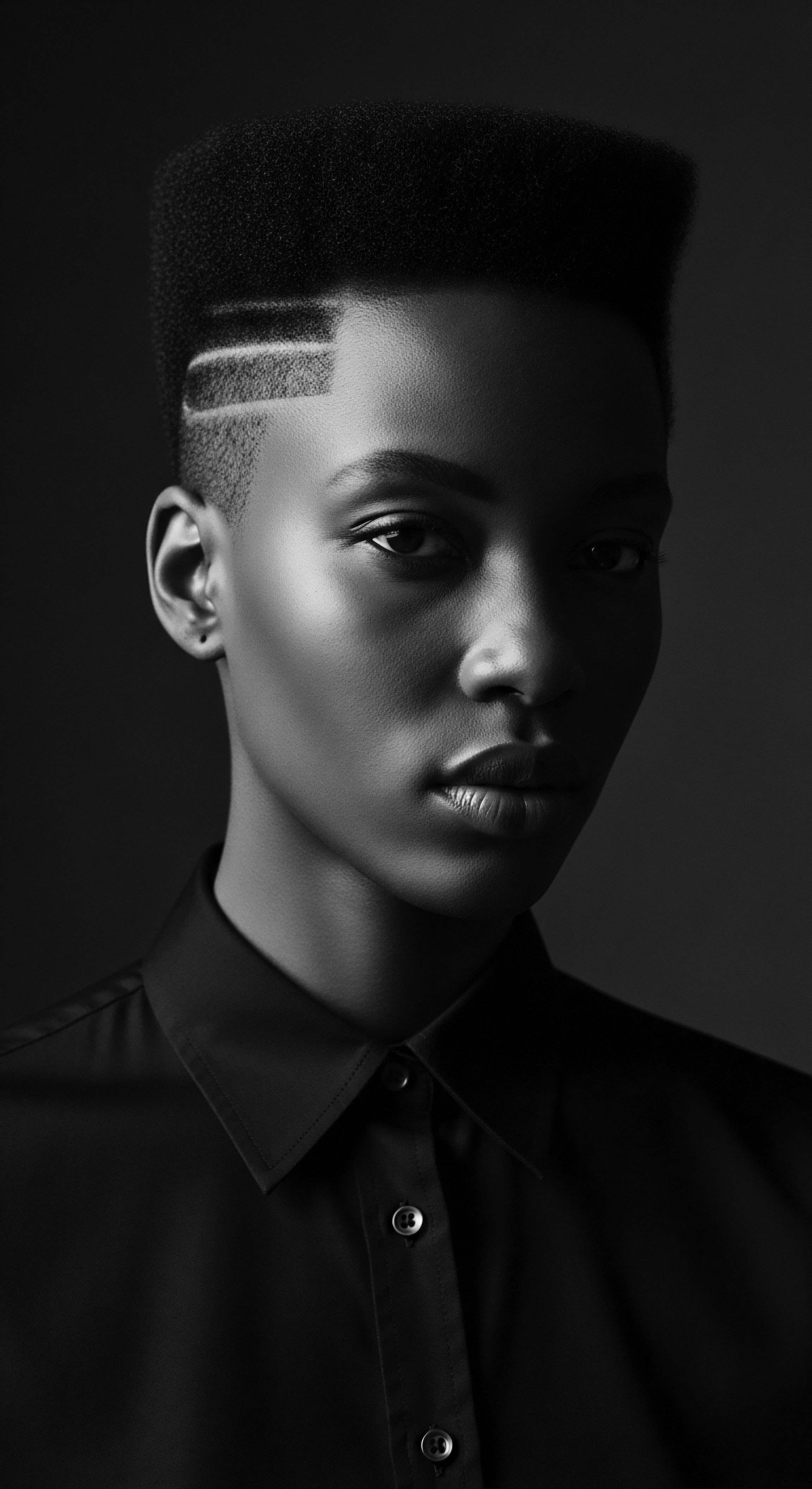
Roots
There is a silent wisdom that whispers through every strand of coiled hair, a memory held in its very helix. For those with textured hair, particularly our sisters and kin with profound coils, the journey of care is rarely a mere routine; it is often a conversation with ancestry, a deliberate act of honoring pathways forged through generations. This deep connection between hair and heritage forms the bedrock of our understanding, inviting us to look beyond fleeting trends and toward the enduring power of natural elements that have sustained our crowns for millennia. When we consider which heritage oils suit coiled textures, we are not simply seeking a product; we are seeking an echo from the source, a biological resonance with ancient practices that understood hair not as a challenge to be tamed, but as a living archive of identity and resilience.

Anatomy of Coiled Hair Through an Ancestral Lens
To appreciate how specific heritage oils interact with coiled textures, we must first understand the hair strand itself—a marvel of natural engineering, especially in its most tightly wound forms. Coiled hair, often characterized by its distinctive S- or Z-patterns, presents unique structural attributes. Its elliptical cross-section, coupled with frequent bends and twists, means the cuticle layer, which is the hair’s outer protective scale, tends to be more raised or open at these curves.
This architecture makes it easier for moisture to enter the hair shaft, yet equally, allows it to escape with greater speed. This inherent propensity for moisture loss, often referred to as high porosity, is a common trait amongst coiled hair types, distinguishing it from straighter or wavier textures.
From an ancestral viewpoint, this characteristic was not a deficiency but a given, a part of the hair’s living nature. Traditional hair care philosophies, particularly those from African communities, understood that nourishment and moisture retention were paramount. They recognized that the hair’s need for hydration was constant, a truth echoed in the landscape itself, where hydration is always a precious commodity. These communities intuitively developed methods and selected ingredients to counteract this moisture vulnerability, long before modern science articulated concepts like porosity or cuticle layers.
The oils they turned to were not chosen at random; they were part of a deep, contextual understanding of local flora and its synergistic relationship with the human body. This practical knowledge, passed down through generations, represents a sophisticated ethnobotanical wisdom that truly understood the specific needs of coiled hair.

Classifying Coils and Cultural Contexts
Modern classification systems for hair porosity typically categorize hair as low, medium, or high, based on how open the cuticle layer is. For many with coiled textures, especially those with 4C hair, high porosity is a common characteristic. High porosity hair readily absorbs moisture, but also releases it quickly, making it prone to dryness and breakage. The focus for such hair types must always remain on sealing that precious hydration within the strand.
The heritage oils that align most profoundly with coiled textures are those that offer a dense, emollient quality, providing a protective layer to minimize water loss. Think of them as ancient sentinels, standing guard against the elements. Their effectiveness is rooted not just in their chemical makeup, but in their historical application in climates and environments where moisture retention was a daily challenge.
The anatomical structure of coiled hair, particularly its raised cuticle, naturally leans towards moisture loss, a reality long understood and addressed by ancestral hair care practices.
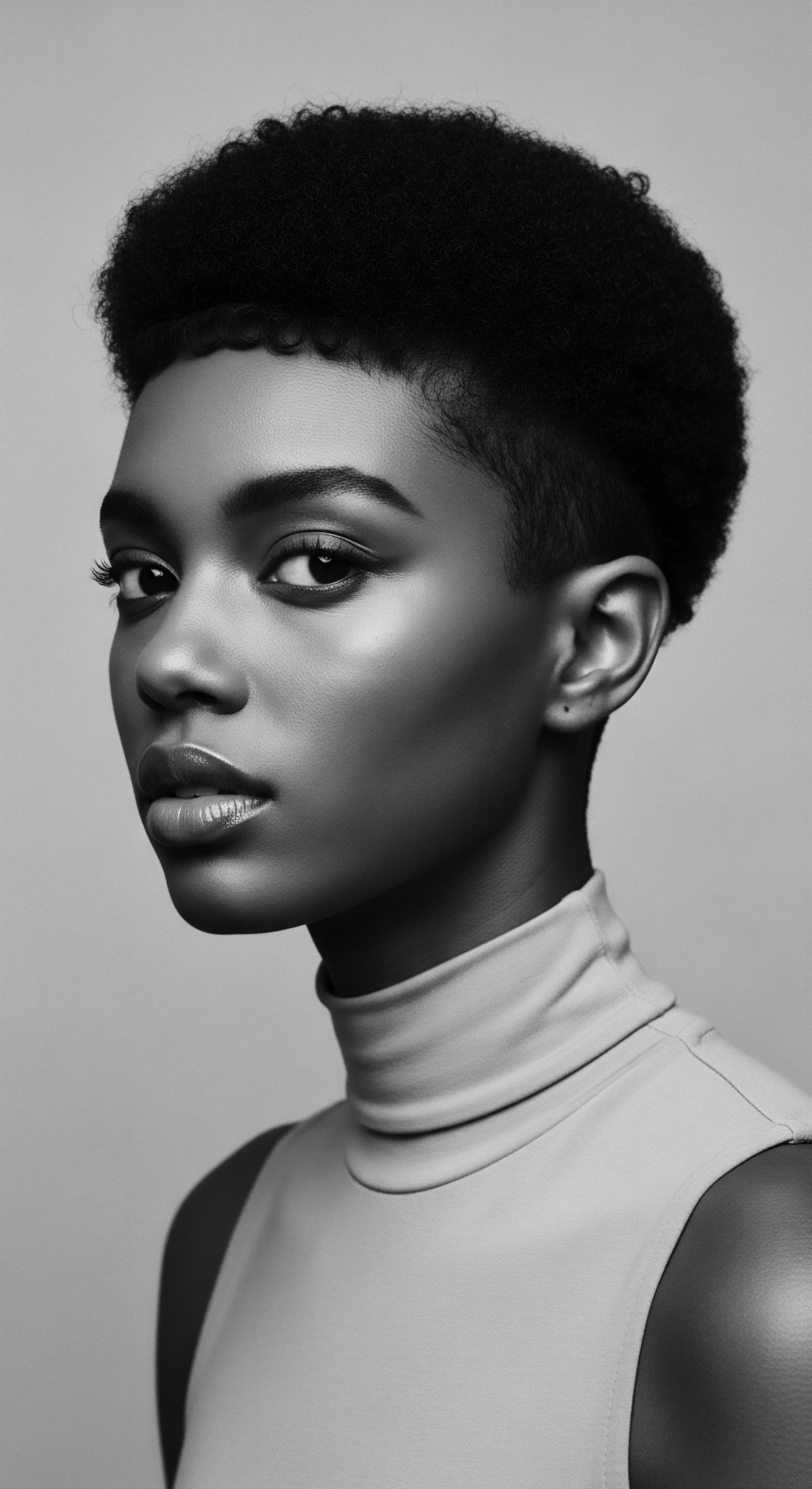
The Lexicon of Ancestral Hair Care
The language surrounding hair in historical contexts provides a window into its cultural significance. In many African societies, hair was not merely an aesthetic feature; it was a potent symbol of identity, status, lineage, and spiritual connection. Hairstyles could convey age, marital status, tribal affiliation, wealth, and even political views. The practices of washing, oiling, braiding, or twisting were often communal, social opportunities that strengthened bonds within families and communities.
The very act of oiling the hair was intertwined with social rituals, a practice that ensured the hair was kept clean, neat, and moisturized, reflecting an individual’s well-being and respect for their appearance. This tradition of care, particularly among the Yoruba, where hair was seen as the most elevated part of the body, underscores the integral role of oils in ancestral hair regimens.
The continuity of these practices, even through the harrowing experiences of the Transatlantic slave trade, speaks volumes. Enslaved individuals, stripped of so much, often clung to hair care as a vital link to their heritage. While access to traditional tools and ingredients was severely limited, they adapted, using whatever was available—even animal fats—to moisturize and protect their hair.
This adaptation, born of necessity and resilience, further cemented the tradition of hair oiling as a core practice for textured hair. The memory of these original applications, whether in pre-colonial African societies or through the diaspora’s adaptations, informs our contemporary understanding of these heritage oils and their deep suitability for coiled textures.

Ritual
The application of oils to coiled hair is not merely a scientific act of lubrication or a cosmetic gesture; it is a ritual, a connection to generations who understood the intimate dialogue between natural ingredients and the body’s rhythms. This understanding transcends the purely functional, elevating hair care into a practice imbued with cultural memory and ancestral wisdom. Our exploration of heritage oils for coiled textures thus shifts from foundational anatomy to the living, breathing rituals of care, where oils are not just applied but honored, integrated into practices that nurture hair, self, and community.

Which Heritage Oils Were Central to Ancient Rituals for Coiled Hair?
Ancestral practices across Africa and its diaspora reveal a deep reliance on natural oils and butters for hair health, particularly for managing coiled textures. These were often locally sourced, reflecting the unique ecosystems and knowledge systems of each region. The deliberate selection and preparation of these botanical treasures formed the backbone of traditional hair care, proving their efficacy long before laboratory analysis confirmed their chemical properties.
- Shea Butter ❉ Derived from the nuts of the Vitellaria paradoxa tree in West Africa, shea butter, also known as Karité, has been used for millennia as a moisturizer and protective agent for both skin and hair. Its dense, buttery consistency makes it an ideal sealant for coiled hair, helping to retain moisture and increase softness. Cleopatra herself is said to have used shea butter to hold her hair in place and to protect her skin while traveling through deserts. This widespread use underscores its historical prominence and its profound suitability for demanding hair textures.
- Coconut Oil ❉ A staple in many tropical regions, including parts of Africa and the Caribbean, coconut oil has been revered for centuries for its hydrating and hair-promoting properties. Its unique ability to penetrate the hair shaft helps to reduce protein loss, strengthening strands and providing a protective layer against environmental stressors. Its presence in traditional remedies speaks to its consistent effectiveness across diverse climates and hair needs.
- Palm Oil ❉ While often associated with modern industry, traditional palm oil, particularly the black palm kernel oil, held significant cultural and practical value in West and Central African hair care. It was used in skin and hair balms, particularly for newborns, suggesting its gentle yet effective conditioning properties. Communities preferred the rich, red palm oil from traditional varieties for its superior quality and appearance, indicative of its nourishing properties.
- Baobab Oil ❉ Extracted from the seeds of the iconic “Tree of Life” in Africa, baobab oil is a rich source of fatty acids, including Omega 6 and 9, and vitamins. It has been traditionally valued for its ability to deeply nourish, strengthen hair fibers, and lock in moisture, akin to how the tree itself stores vast quantities of water. Its use in traditional African pharmacopeia highlights its long-standing recognition for hair health.
- Castor Oil ❉ Though its origins are global, castor oil has a notable place in certain African and diasporic hair traditions, sometimes alongside honey, as seen in ancient Egyptian beauty rituals where it was used to maintain hair growth and strength. Its thick, occlusive nature makes it a powerful sealant, ideal for high porosity coiled hair to lock in moisture and smooth the cuticle.

The Tender Thread of Application
The method of applying these heritage oils was as integral to the ritual as the oils themselves. It was not a rushed affair, but a deliberate process. In pre-colonial Africa, intricate hair styling could take hours, even days, encompassing washing, combing, oiling, braiding, or twisting, often adorned with beads or shells. This extended period allowed the oils to truly saturate the hair, providing deep nourishment and protection.
For coiled textures, where dryness is a constant concern, oils were often applied to damp hair, immediately after cleansing, to seal in the water. This ancestral practice, intuitively understanding the principle of “LOC” (Liquid, Oil, Cream) or “LCO” (Liquid, Cream, Oil) methods common in modern natural hair care, prioritized hydration first. The oils provided a barrier, preventing the rapid evaporation of moisture, thereby maintaining the hair’s suppleness and preventing breakage.
The rhythmic massage of oils into the scalp also served a dual purpose ❉ stimulating blood circulation, which supports healthy growth, and fostering a sense of well-being and connection. This gentle, deliberate attention contrasts sharply with the quick, often hurried, routines of contemporary life, reminding us of the wisdom in taking time for ancestral self-care.
The ritual of oiling, whether daily or weekly, was more than cosmetic; it was a fundamental act of preserving hair health and cultural memory, particularly for coiled textures.

Tools and Transformations
The tools used in conjunction with these heritage oils were simple yet effective, often crafted from natural materials. Wooden combs were common, designed to navigate the density of coiled hair with minimal breakage. The application of oils often involved the hands, allowing for direct, intimate contact with the scalp and strands.
These tools and techniques supported the transformations that coiled hair underwent, from intricate braided styles to protective wraps. For instance, the Himba tribe in Namibia uses a paste called otjize, a mixture of butterfat and ochre, not only as a cultural symbol but also to protect hair from sun and insects, highlighting how ancestral practices seamlessly integrated aesthetic, protective, and cultural functions.
The practice of oiling also facilitated the creation and maintenance of protective styles like braids, twists, and cornrows, which have origins dating back thousands of years in African cultures. These styles reduced manipulation and shielded the hair from environmental damage, allowing it to retain length and thrive. The oils provided the necessary slip and moisture, making these intricate manipulations less damaging and more enduring. This synergistic relationship between heritage oils, protective styling, and intentional care allowed coiled hair to remain resilient, vibrant, and culturally expressive across continents and centuries.

Relay
The journey of heritage oils for coiled textures extends beyond their historical usage; it speaks to a profound scientific validation of ancestral wisdom and the enduring cultural significance of these practices in contemporary life. This section delves into the intricate interplay of modern understanding and deep-rooted traditions, highlighting how the legacy of these oils continues to shape identity and inform the evolving landscape of textured hair care.
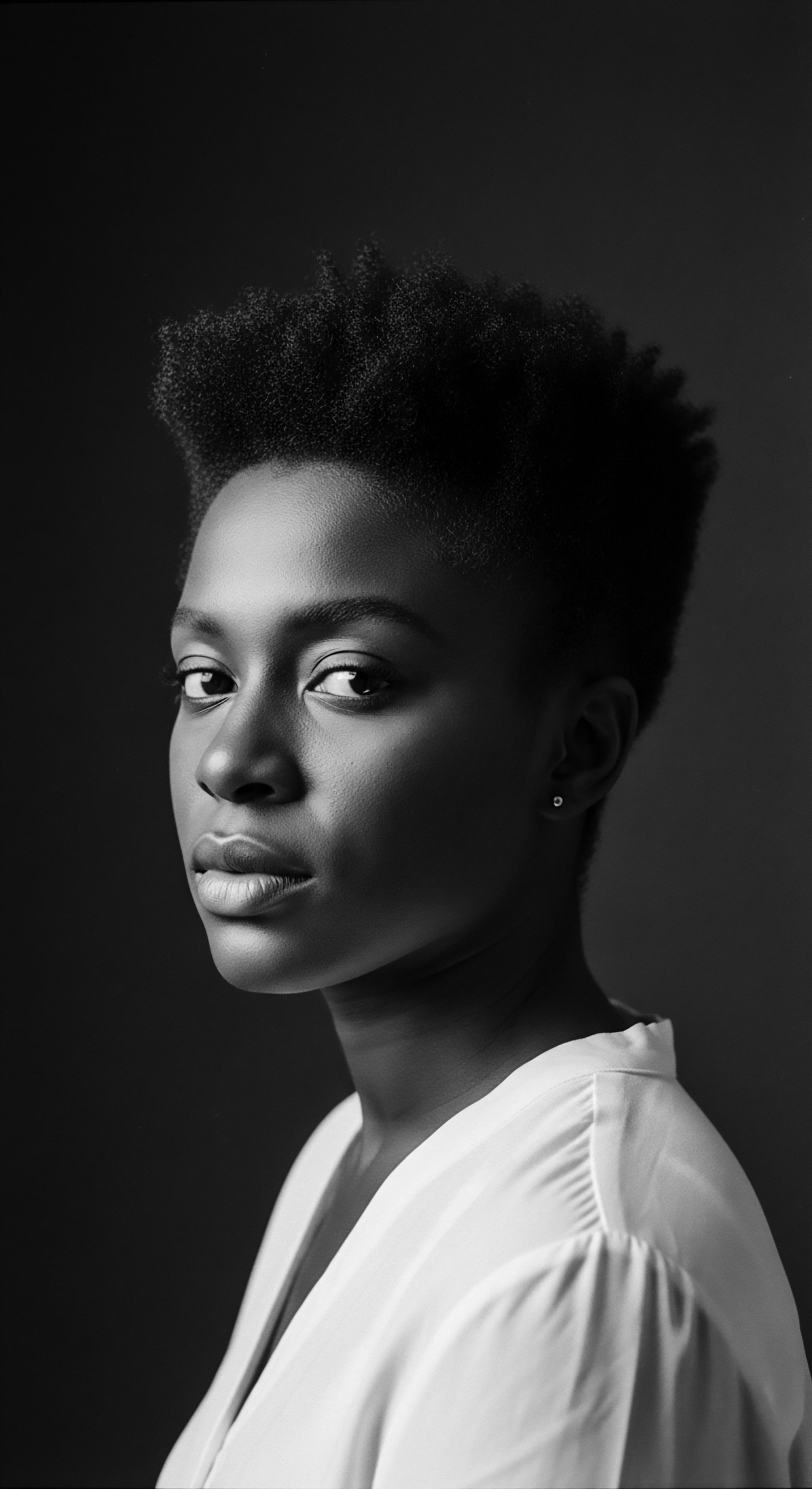
How Do Heritage Oils Chemically Align with Coiled Hair’s Needs?
The efficacy of heritage oils for coiled textures is not anecdotal; it is grounded in their unique chemical compositions, which align precisely with the physiological needs of highly porous hair. Coiled hair, by its very nature, tends to have a more open cuticle, allowing moisture to enter and exit rapidly. The molecular structure of certain heritage oils allows them to address this specific characteristic by acting as powerful emollients and occlusive agents.
Consider the science behind some key heritage oils:
| Heritage Oil Shea Butter |
| Key Chemical Properties Rich in fatty acids (oleic, stearic) and unsaponifiable matter (triterpenes, tocopherols). |
| Mechanism for Coiled Hair Forms a protective barrier on the hair shaft, sealing in moisture and reducing water loss. Its emollient properties soften strands. |
| Ancestral Context of Application Used for centuries in West Africa to moisturize skin and hair, and as a protective balm against harsh climates. |
| Heritage Oil Coconut Oil |
| Key Chemical Properties Predominantly lauric acid, a medium-chain fatty acid; low molecular weight. |
| Mechanism for Coiled Hair Small molecular size allows it to penetrate the hair shaft, reducing protein loss and strengthening the hair's inner structure, while also providing a protective layer. |
| Ancestral Context of Application A long-standing staple in tropical regions for deep conditioning and promoting hair health. |
| Heritage Oil Baobab Oil |
| Key Chemical Properties Abundant in omega-3, 6, and 9 fatty acids, vitamins A, D, E, and K. |
| Mechanism for Coiled Hair Nourishes and strengthens hair fibers from within; its moisture-retaining qualities help lock in hydration, preventing dryness and brittleness. |
| Ancestral Context of Application Revered in traditional African pharmacopeia as a restorative for hair and skin. |
| Heritage Oil Castor Oil |
| Key Chemical Properties High content of ricinoleic acid, a hydroxyl fatty acid; viscous. |
| Mechanism for Coiled Hair Its thick, occlusive nature creates a strong moisture-sealing layer on the hair's exterior, smoothing the cuticle and preventing rapid water evaporation. |
| Ancestral Context of Application Historical use in various cultures, including ancient Egypt, for promoting hair growth and strength. |
| Heritage Oil Palm Kernel Oil |
| Key Chemical Properties Rich in lauric acid, similar to coconut oil, but with a different fatty acid profile than red palm oil. |
| Mechanism for Coiled Hair Offers deep conditioning and acts as a sealant, supporting moisture retention in textured hair. |
| Ancestral Context of Application Traditional use in West and Central Africa in hair and skin balms, especially for vulnerable hair. |
| Heritage Oil These heritage oils provide vital hydration and protective benefits, aligning with the unique structural characteristics of coiled hair, a connection recognized through millennia of ancestral practice. |
The ability of oils like coconut oil to penetrate the hair shaft and reduce protein loss has been scientifically demonstrated. A study showed that coconut oil reduces damage by creating a protective layer, stopping hair proteins from being washed away, thus keeping hair stronger and maintaining its color. This scientific validation echoes the observations made by generations of hair care practitioners in various ancestral communities who relied on these oils for robust hair health.

Ancestral Wisdom and Modern Inquiry
The continuity of using heritage oils for coiled hair underscores a fundamental truth ❉ indigenous knowledge systems often possess profound insights that modern science can merely contextualize or affirm. The communities that cultivated and utilized these oils understood the specific environmental stressors on their hair—the dry winds, the harsh sun—and developed solutions that provided protective barriers and lasting moisture. This is a testament to empirical observation over centuries, a living laboratory of hair care practices. The deep cultural significance of hair within Black and mixed-race communities, where hairstyles could communicate status, identity, or even escape routes during periods of enslavement, meant that the maintenance of healthy hair was not a trivial pursuit.
The longevity of heritage oils in coiled hair care illustrates a powerful convergence of ancestral knowledge and scientific validation.
For example, the widespread use of shea butter across the Sudano-Sahelian region of Africa for hair and skin care, dating back centuries, suggests a deep understanding of its protective and moisturizing properties. Archaeological findings at Kirikongo, Burkina Faso, show carbonized shea nut shell fragments from as early as 100-1700 CE, confirming the long history of shea butter production. This historical data provides a compelling case study of a heritage oil whose benefits were deeply ingrained in daily life and continued through generations, becoming a crucial element in maintaining hair resilience and cultural identity even in the face of immense adversity. The enduring popularity of shea butter in modern textured hair products, decades and centuries later, is not a new discovery, but a rediscovery and wider appreciation of what ancestral communities knew all along.
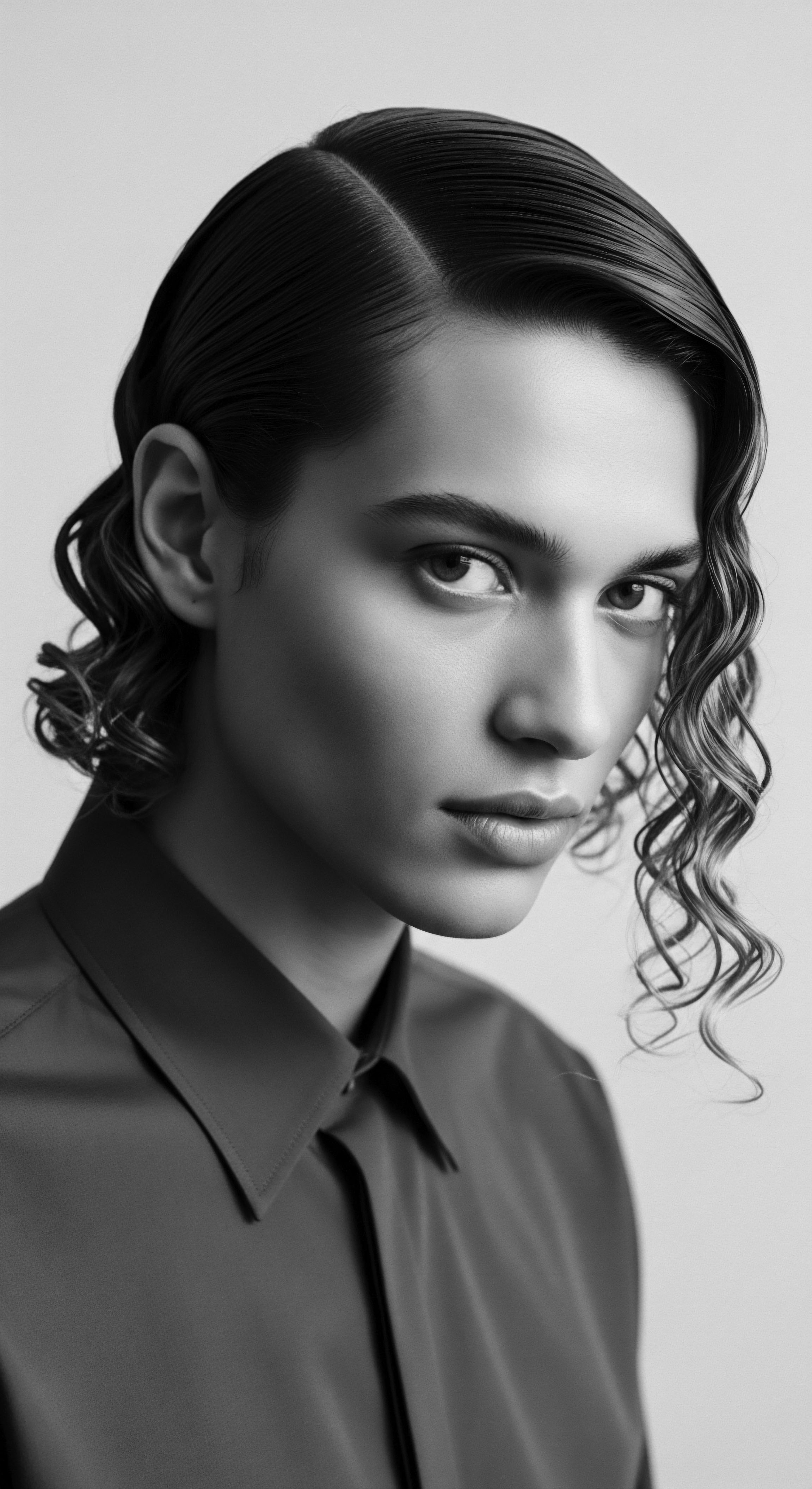
The Unbound Helix and Identity’s Expression
The journey of heritage oils for coiled textures is inextricably linked to the broader narrative of identity and liberation within Black and mixed-race communities. The natural hair movement, particularly gaining traction from the early 2000s, has played a pivotal role in normalizing the embrace of natural textures and the return to ancestral care methods, including the widespread use of oils. This movement represents a reclamation of self, a rejection of Eurocentric beauty standards that often pathologized coiled hair and advocated for straightening methods.
In embracing oils like shea, coconut, and baobab, individuals with coiled hair are not just choosing ingredients; they are choosing a lineage. They are choosing to honor the ingenuity of their ancestors who found ways to nourish and celebrate their hair with what nature provided, even under oppressive conditions. This choice becomes an act of self-definition, a powerful declaration of Black pride and identity, echoing movements like “Black Is Beautiful” from the 1970s.
The contemporary landscape of hair care, therefore, is a living testament to the enduring legacy of heritage oils. These oils, once the sole domain of specific communities and ancestral practices, are now globally recognized for their benefits. Yet, their story remains rooted in the resilience, wisdom, and profound cultural connection of those who first understood their power for coiled textures. The continuity of their use across time and geography speaks to a knowledge system that transcends trends, offering a timeless approach to hair health and identity.
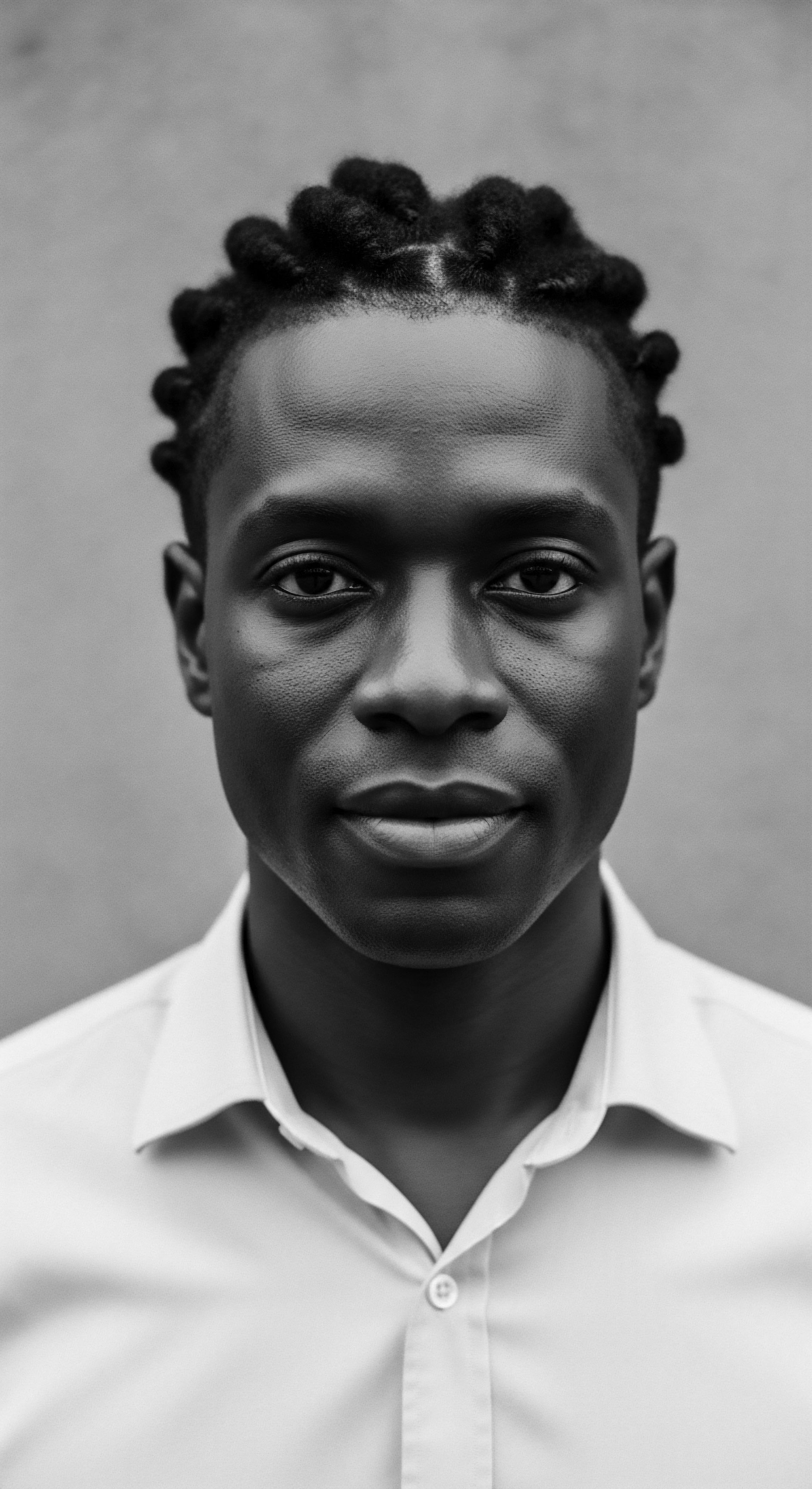
Reflection
The journey through the ancestral pathways of heritage oils for coiled textures is more than an inquiry into ingredients; it is a meditation on the enduring soul of a strand. Each coil, each curve, holds within it generations of knowledge, adaptation, and unwavering spirit. Our exploration uncovers that the choice of shea, coconut, baobab, or castor oils for our coiled hair is not merely a preference; it is a conscious act of reaching back across time, connecting with a profound wisdom that understood the very breath of our hair before scientific instruments could measure its porosity. The legacy of these oils, deeply intertwined with the lived experiences and cultural expressions of Black and mixed-race communities, continues to shape not only our hair but also our collective identity.
These heritage oils stand as quiet sentinels, reminding us that care is a language of reverence. The rituals of application, once community endeavors, remain a personal communion with ancestral practices, a way to sustain and celebrate the unique resilience of textured hair. As we continue to understand the elemental biology of our coils and the profound stories they hold, we recognize that our hair is a living archive, a testament to enduring beauty and strength. The future of coiled hair care rests upon this foundation of heritage, inviting us to carry forward these sacred traditions, ensuring that the whisper of wisdom from the past continues to guide our hands and hearts.

References
- Diop, C. A. (1974). The African Origin of Civilization ❉ Myth or Reality. Lawrence Hill Books.
- Kerharo, J. (1971). La Pharmacopée Sénégalaise Traditionnelle. Vigot Frères.
- Tella, A. (1979). An Experimental Study of the Effects of Shea Butter on the Healing of Wounds. Journal of Ethnopharmacology, 1(4), 317-321.
- Falconi, L. (1985). The Use of Shea Butter in Cosmetology. Cosmetic Technology, 8(2), 52-54.
- Byrd, A. D. & Tharps, L. (2014). Hair Story ❉ Untangling the Roots of Black Hair in America. St. Martin’s Press.
- Banks, I. (2000). Hair Matters ❉ Beauty, Power, and Black Women’s Consciousness. New York University Press.
- Komane, B. M. et al. (2017). Anti-inflammatory and Wound Healing Properties of Adansonia digitata L. (Baobab) Seed Oil. Journal of Ethnopharmacology, 203, 235-243.
- Donkor, A. M. et al. (2014). Antioxidant Capacity and Stability of Ascorbic Acid in Baobab (Adansonia digitata L.) Fruit Pulp as Affected by Baobab Seed Oil. Journal of Food Science and Technology, 51(12), 3986-3992.
- Sharma, K. & Gupta, A. (2020). Ayurvedic Approach to Hair Care. International Journal of Pharmacy and Pharmaceutical Sciences, 12(6), 1-5.
- Satheeshan, K. et al. (2020). Formulation and Evaluation of Herbal Hair Oil. International Journal of Research in Pharmacy and Chemistry, 10(2), 164-168.
- Sharaibi, O. J. Oluwa, O. K. Omolokun, K. T. Ogbe, A. A. & Adebayo, O. A. (2024). Cosmetic Ethnobotany Used by Tribal Women in Epe Communities of Lagos State, Nigeria. Journal of Complementary Medicine & Alternative Healthcare, 12(4), 555845.
